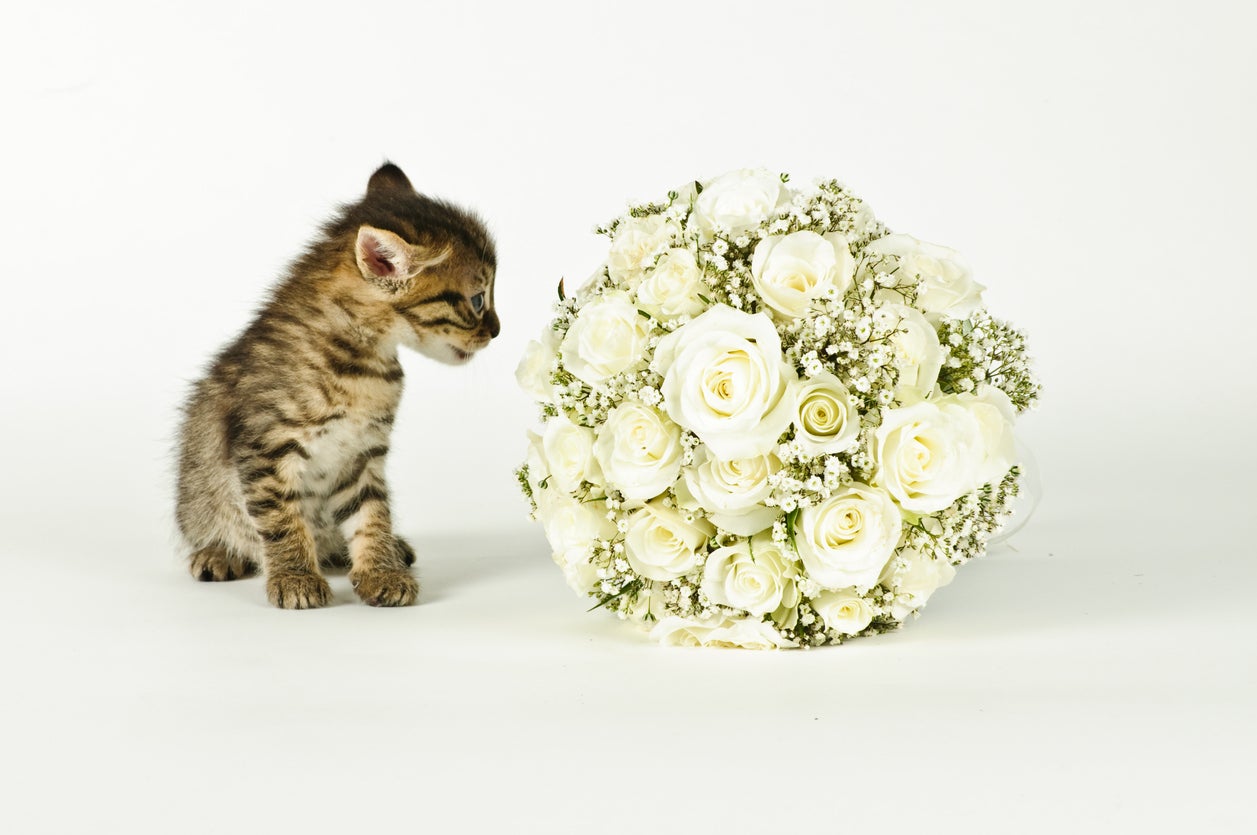Is Baby’s Breath Bad For Cats: Information About Gypsophila Poisoning In Cats

Baby’s breath (Gypsophila paniculata) is a common addition in flower arrangements, and especially pretty combined with roses. If you are the lucky recipient of such a bouquet and you have a cat, it probably doesn’t surprise you that your feline friend has a particular fascination with the baby’s breath.
After all, plants are fun for cats, which beckons the question: is baby’s breath bad for cats? Read on to find out about the dangers of baby’s breath flowers and cats.
Is Baby’s Breath Toxic to Cats?
Baby’s breath, native to Eurasia, was introduced into North America for use as an ornamental, specifically in the cut flower industry. The plant readily self-sows and, as such, can now be found naturalized across Canada and into the northern United States. It is often classified as a weed due to the ease of self-propagation and hardiness.
To some, it might be a nasty weed, but is baby’s breath bad for cats? The answer is… yes, baby’s breath is classified as mildly toxic to cats.
Gypsophila Poisoning in Cats
So, what are the symptoms of cats that tangle with baby’s breath flowers? The clinical signs Gypsophila poisoning in cats are generally not life-threatening but can cause kitty a whole lot of discomfort. Baby’s breath and other Gypsophila species contain the saponin, gyposenin, which may cause irritation to the gastrointestinal system.
These gastrointestinal symptoms may result in vomiting and diarrhea, which may be accompanied by or predated by a lack of appetite, lethargy, or depression. While the symptoms are not life-threatening, it’s still distressing to see your fur baby ill.
Your best bet? Keep the floral bouquets in a locked room or at the office or, better yet, remove the baby’s breath from the arrangement and simply avoid altogether if making your own cut flower bouquet from the garden.
Sign up for the Gardening Know How newsletter today and receive a free copy of our e-book "How to Grow Delicious Tomatoes".

Amy Grant has been gardening for 30 years and writing for 15. A professional chef and caterer, Amy's area of expertise is culinary gardening.
